“What Happened to Her Face?” Jennifer Lawrence’s Last Appearance Sparked Some Controversy

They used to call this island the Paris of the East. Mostly because it had beautiful buildings with large gardens and impressive stone archways. But now it’s nothing like it used to be, with all the architecture almost entirely covered in tree roots and vines. Ross Island is a small territory [0.12 sq miles] in the Indian Ocean. It’s located East of the Indian city of Port Blair.
Though initially thought of as a jail, Ross Island eventually became a luxurious resort for the local administrators. They called this island a real treat for its more privileged residents. It boasted opulent bungalows, stained-glass window panels brought all the way from Italy, neatly kept gardens, tennis courts, and even swimming pools.
Soon after the complex was closed in 1937, a powerful earthquake hit the island. It caused a lot of damage, making it even more uninhabitable. The island is now in the administration of India and has become a tourist attraction for people interested in abandoned towns.
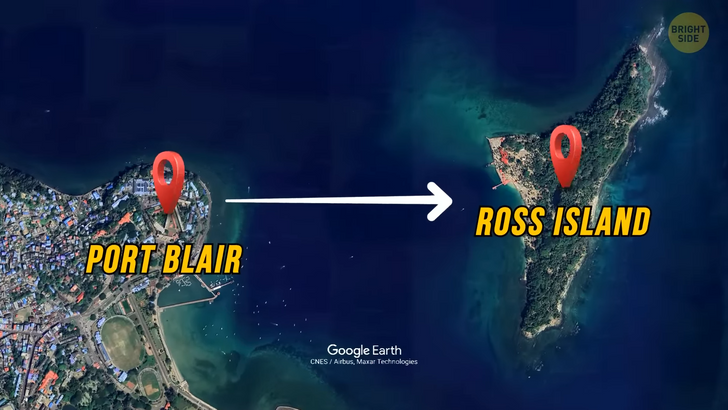
Pieces of German architecture still lie hidden in the Namibian desert. The city of Kolmanskop [kol-man-skop], Namibia, was a luxury location at its peak, in the early 1900s, when German workers settled here looking for diamonds. This abandoned town used to have everything from a ballroom to a hospital and even a bowling alley. It all started to decline somewhere in the late 1910s when another diamond-packed location was found nearby.
So, most of the people living here moved, leaving everything behind in search of more money. Kolmanskop has since been slowly occupied by sand dunes, while the hot temperature and low moisture helped to preserve the buildings. This ghost town is also available for visitors. If it sounds interesting, you can book a tour in the nearby town of Lüderitz.
Another abandoned castle dominates the view in Craco, a city in Italy. The whole village sits atop a cliff that’s 1,312 feet high. The founders liked this location since they knew it would be easy to defend themselves from unwanted guests. But the castle, built in the 1300s, soon became overwhelmed by landslides and earthquakes. Even though it has no residents anymore, the medieval city often comes alive during the various local festivals that take place here in the summer months.
The locals also offer tours and tell amazing stories about the location. One of the highlights of the tour is a statue that seemingly came out of nowhere and now lies in a body of water. Hidden away in the Montana Mountains, Garnet Ghost Town tells the well-known American story of the west’s gold rush. The town’s history goes back to the 1890s when they found a lot of gold in the Nancy Hanks mine.
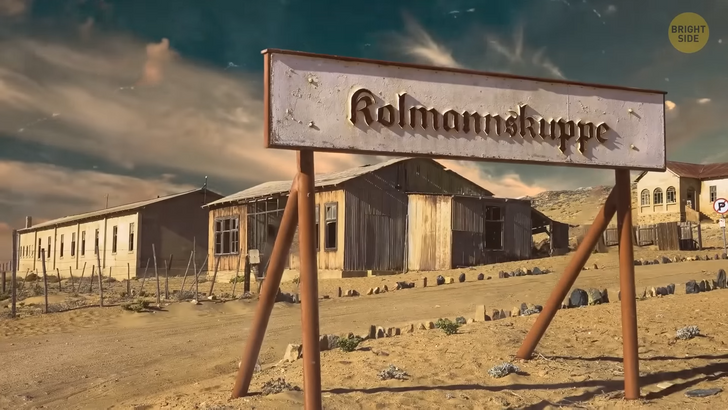
During its glory days, Garnet had almost 1,000 residents. Even though it’s in a relatively secluded location, it had saloons, hotels, stores, a school, and other features of a regular little town. In 1905, when most of the gold had already been taken away, most mines were left behind, so only a couple of hundred residents stayed in Garnet. The final straw came in 1912 when a fire damaged most of the town’s buildings.
So, by the 1940s, Garnet was completely abandoned. It soon became a hot spot for treasure hunters looking for furnishings and artifacts. That was until a preservation campaign started in the 1970s. It ended with the town being declared a historic district in 2010. To this day, Garnet is one of the best-preserved ghost towns in the area.
Hashima Island is another abandoned location that tells us that when people leave, nature takes over. This mysterious place was even featured in a James Bond movie because of its ghostly landscape. It used to be a well-known spot in Japan for undersea coal mines, as it was opened in 1881. In 1959, at its peak, there were over 5,000 people living here, including mine workers and their families. As soon as the mines started going dry, sometime in 1970, people started to slowly depart the island, leaving it completely abandoned in 3 months!
Even though nobody lives there these days, there are a lot of tourists here that drop off to wander around the abandoned homes, swimming pools, stores, and factories. Another town that started with a mining company back in 1881 is Calico, California. People discovered the location was packed with silver, so it soon became home to over 500 silver mines and 3,000 residents. It used to feature hotels, general stores, restaurants, and a school. There was even a local newspaper printed here called the Calico Print.
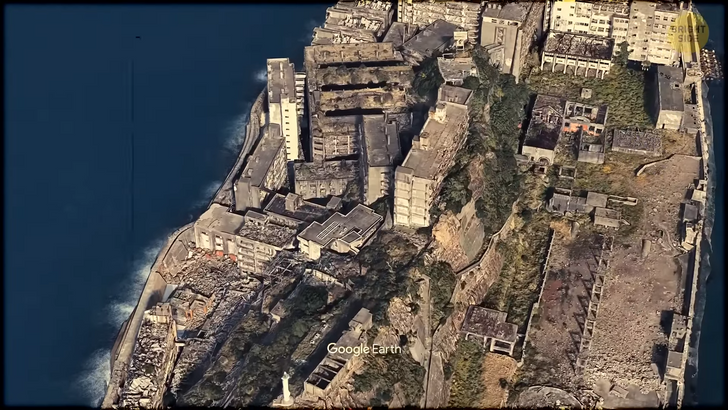
But by 1986, the town had become empty. One of the former locals decided to buy it and began its restoration, making it a registered historical landmark. It even has a museum of the Old West available for tourists. One of the most interesting attractions that were rebuilt is the one-mile-long “Calico & Odessa” railroad. It currently goes through the steep canyons and hills and even passes the old mines and buildings north of Calico. Approximately one-third of the town is original, while the rest consists of newer buildings that are replicas meant to recreate the spirit of its past.
If you’re a fan of cars, you might have heard of Henry Ford as the famous American industrialist who founded the Ford Motor Company in 1903. But in 1927, he began working on another one of his ambitious dreams: “Fordlandia.” It was supposed to be a massive rubber plantation located near the Tapajós [ta-pa-jos] River in Brazil since he needed a reliable source of rubber for his car tires and hoses. His vision was to design a town complete with swimming pools, a golf course, living bungalows, and even weekly square-dancing sessions for the locals.
This project was unfortunate to begin with, since the local rubber trees soon got infected with leaf fungus. Even though Henry Ford invested a staggering $20 million into this potential income source, the town failed to produce the needed rubber. He had nothing left to do but sell it to Brazil in 1945, and soon it was completely abandoned. Many of its buildings are still standing but have been taken over by the surrounding nature. You can still see curious tourists wandering through it to this day.
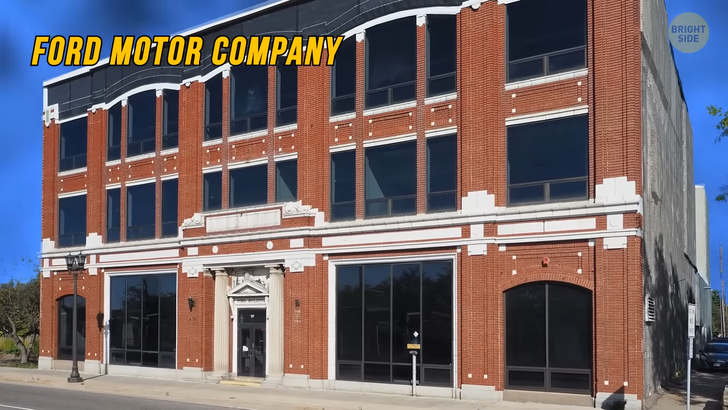
During its glory days, Hampi was the second largest city in the world. Looking at its ruins today, it’s hard to imagine this Indian city used to be filled with temples and bazaars and that it served as an important center of the Mauryan Empire in the 14th and 15th centuries.
It was destroyed in the 16th century, but it still has beautifully preserved forts and markets. It became part of the UNESCO World Heritage in 1986, aiming to protect its buildings, such as the Lotus Mahal, a stone structure that was carved to resemble a lotus flower opening to the sun.
A tourist village was constructed back in 1920 along the shore of Epecuen [e-pe-ku-en], a salt lake about 370 miles southwest of Buenos Aires in Argentina. It was designed to provide people with a busy city life a breath of fresh air near the restorative salt waters of the nearby lake. It was soon equipped with a railroad station and ended up having a population of more than 5,000 residents.
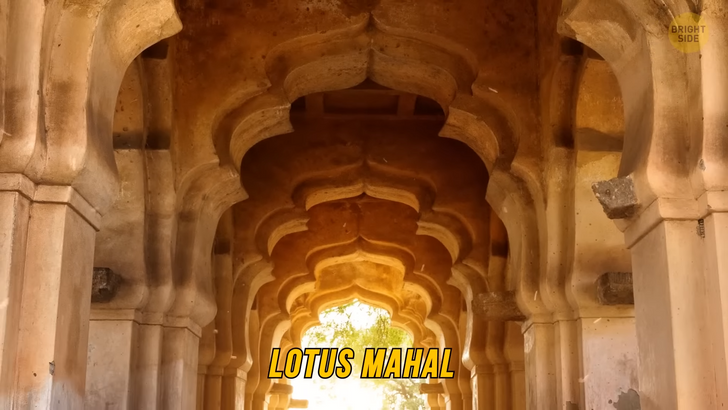
The project was also destined to fail soon enough, as the unusual amount of rain at that time caused Lake Epecuen to swell. In 1985, the water took over the local dam, and the town was flooded. The waters were so deep that they even reached a depth of 33 feet in 1993.
They only began to recede in 2009 and left behind the remaining buildings literally encrusted in salt. No one came back to the town except for Pablo Novak, who returned here back in 2012 and was the only resident of Villa Epecuen at the time.











